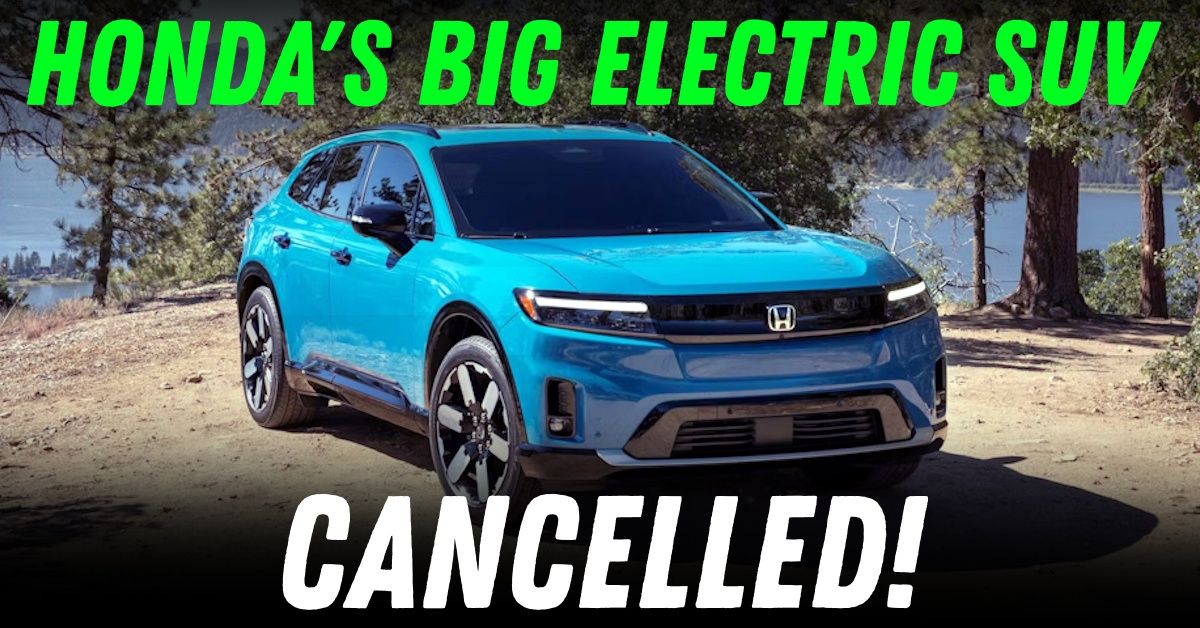Honda Goes Slow On EVs, Focuses On Hybrids Instead


Honda has officially pulled the plug on a large electric SUV that was in development for the North American market. This model, initially planned in partnership with General Motors using the Ultium platform, was aimed at tapping into the growing electric vehicle segment in the US. But disappointing early sales of the Honda Prologue and Acura ZDX have forced the carmaker to reconsider. Honda has now decided to shift its focus back to hybrid vehicles, citing weak EV demand in key markets and practical concerns around costs and infrastructure.
The decision signals a broader strategic pivot. While most global automakers continue to chase aggressive EV targets, Honda has stepped back to assess consumer realities. In particular, the company sees hybrid technology as a more viable solution for the medium term, especially in regions where charging infrastructure is underdeveloped or consumer trust in EVs is still low.
For Honda, the American market is not the only one influencing this shift. The company’s reworked approach has implications for other geographies too, including Asia. In India, where Honda is still a niche player in the passenger vehicle market, the move may bolster its hybrid strategy.
The City e:HEV hybrid sedan, already on sale, has shown some traction among urban users. These buyers are typically looking for fuel efficiency and lower running costs, without the range anxiety or charging limitations associated with EVs.
Instead of rushing multiple EV models to market, Honda now plans to introduce seven new plug-in hybrids globally by 2030. These vehicles are expected to offer improved electric range and performance while maintaining the flexibility of an internal combustion engine. This dual-technology solution appeals to buyers in transition, particularly those who are not ready for a fully electric lifestyle.
One reason for this recalibration is cost. Developing electric platforms is expensive, and with sales volumes still modest, returns are uncertain. Honda is not alone in facing this problem. Carmakers like Ford, Volkswagen and even GM have scaled back or delayed certain EV projects. Consumer hesitation remains a significant barrier, driven by concerns over pricing, charging times, and resale value.
Another key factor is infrastructure. In markets like the United States and India, public charging networks are expanding, but not fast enough. Long-distance travel still requires careful planning, and many buyers, especially in non-metro areas, find this impractical. Hybrids bypass this issue entirely, offering improved fuel efficiency without the need for external charging.
The growing interest in hybrids also reflects a more balanced view of decarbonisation. While EVs are crucial in the long run, hybrids offer a meaningful bridge. They help reduce emissions immediately, make use of existing fuel distribution networks, and prepare consumers for an eventual electric future.
In Honda’s case, this is not the end of its EV ambitions. The company has not walked away from electrification altogether. It still plans to launch an EV in India by 2026 and continues working on dedicated EV platforms in-house. But the latest move shows that Honda is not interested in following trends blindly. Instead, it is choosing a slower, more measured path that aligns with customer behaviour and infrastructure realities.
In a fast-changing industry, this approach could give Honda the breathing space it needs. Rather than bet everything on one technology, it is choosing to hedge its risks while continuing to innovate quietly in the background. Whether this gamble pays off remains to be seen, but in today’s unpredictable market, it may prove to be the smarter bet.